Introduction to hand-brewed coffee is the thickness of coffee alcohol coffee concentration? Factors affecting the thickness of caffeine
Right! Caffeine thickness ≠ Coffee concentration ~ exactly, they are not on the same channel. But since so many people can misunderstand the relationship between them, of course, it is not without reason.

(tongue: in the final analysis, it's because of me)
What is the thickness of caffeine?
Alcohol thickness belongs to the touch of the mouth, not the taste bud experience. Mellow thickness is reflected in the "tongue press", for example, 🌰: when tasting skim milk, whole milk and cream, our tongues all have a very different touch. When skim milk enters the mouth, our tongues feel free and watery as a whole; when full-fat fresh milk enters the mouth, our tongues feel full and smooth as a whole; when cream enters the mouth, our tongues are wrapped as a whole, thick and smooth.
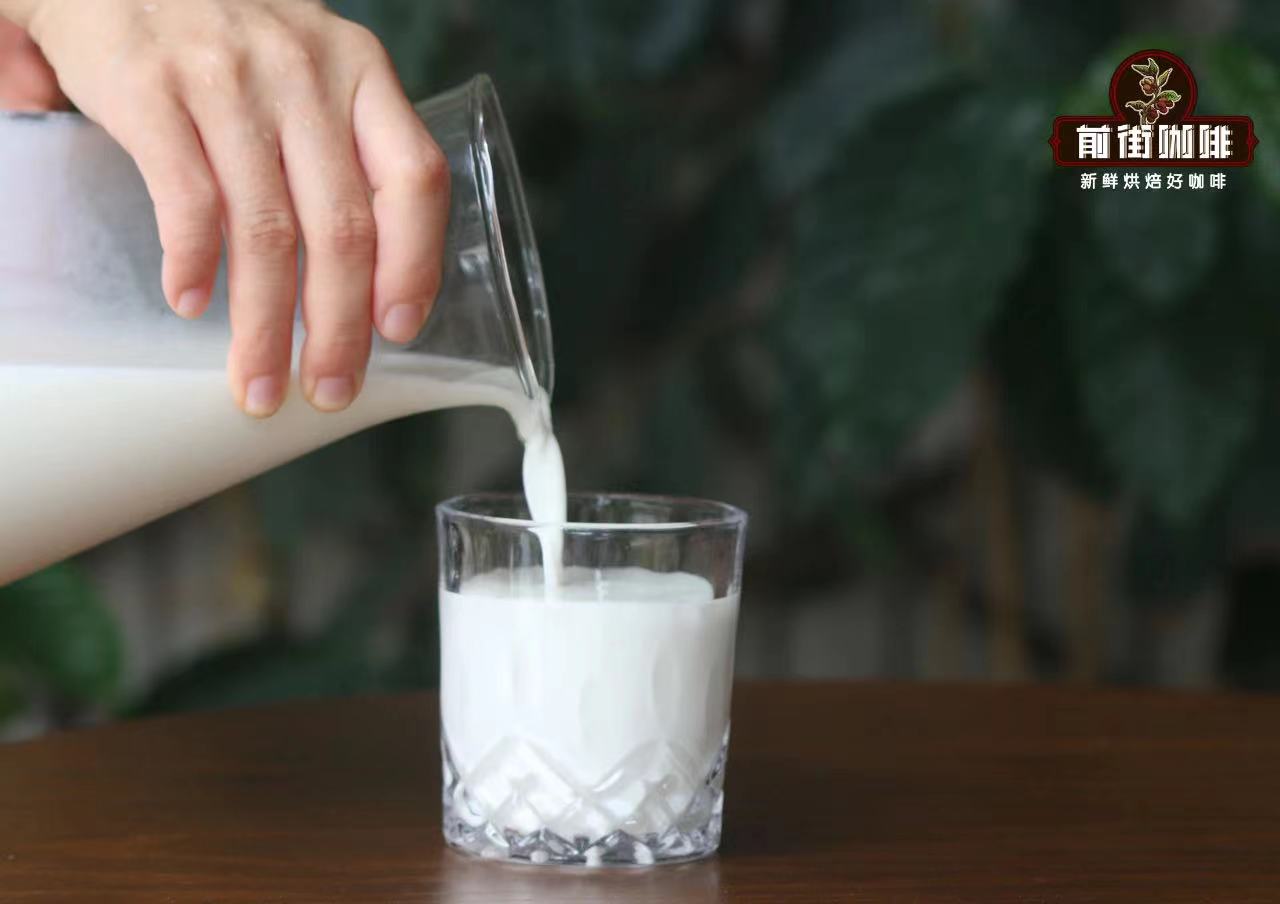
When it comes to this, it is not difficult to see that the change in the thickness of milk alcohol is related to oil, and the thickness of coffee alcohol is the same. In the process of coffee extraction, the substances in coffee powder are divided into soluble and insoluble, which are reflected in the taste and the taste of the insoluble body. Most (but not all) of the insoluble substances are coffee fibers and oils, the former affecting the cleanliness of coffee and the latter affecting the alcohol thickness of coffee.
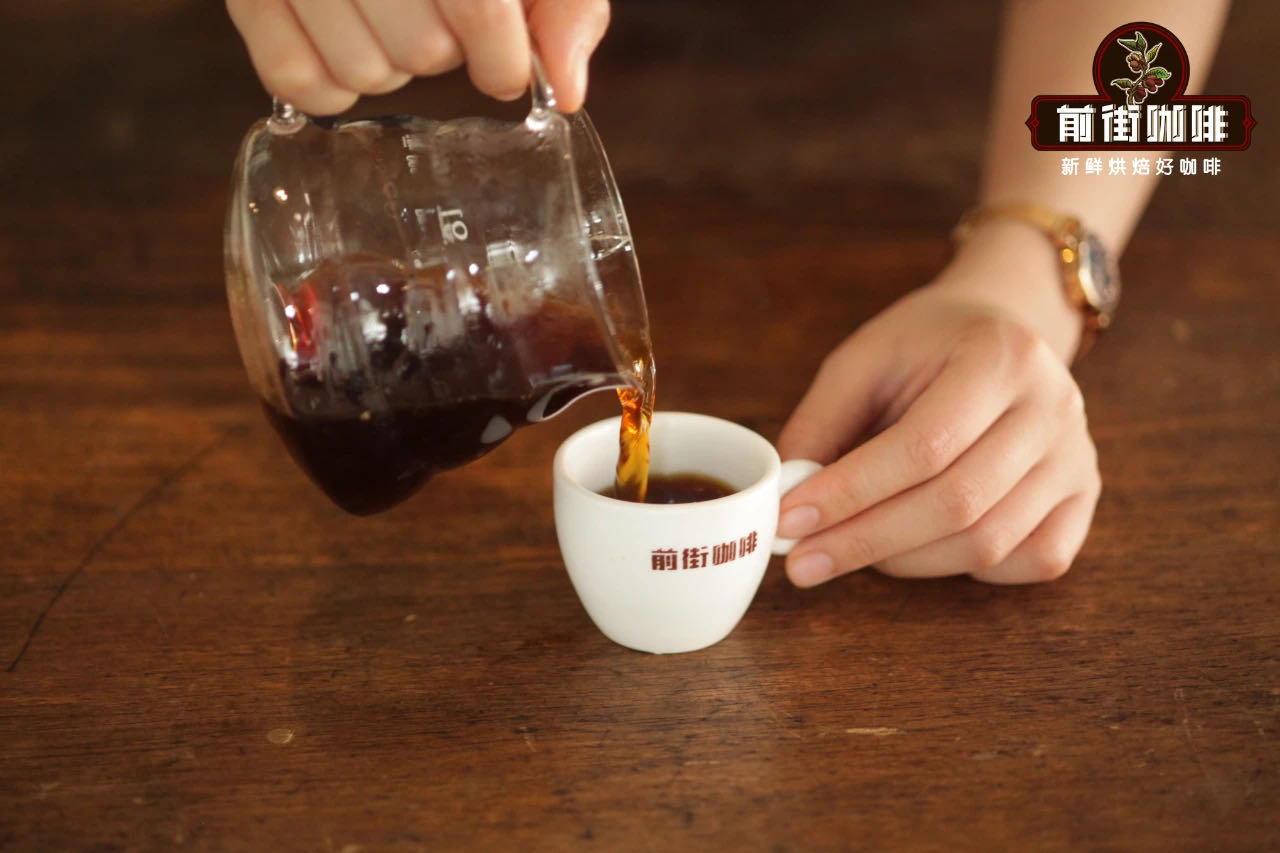
What is coffee concentration?
The concentration belongs to the taste bud experience, which is shown in the proportion of soluble substances dissolved in the liquid. For example, 🌰: add 5g, 10g and 20g white granulated sugar to three cups of 100ml hot water and stir until completely dissolved. Adding 5g hot water will show slightly sweetness as a whole; adding 10g hot water will show just the right sweetness; adding 20g hot water will show sweetness and begin to seal the throat.
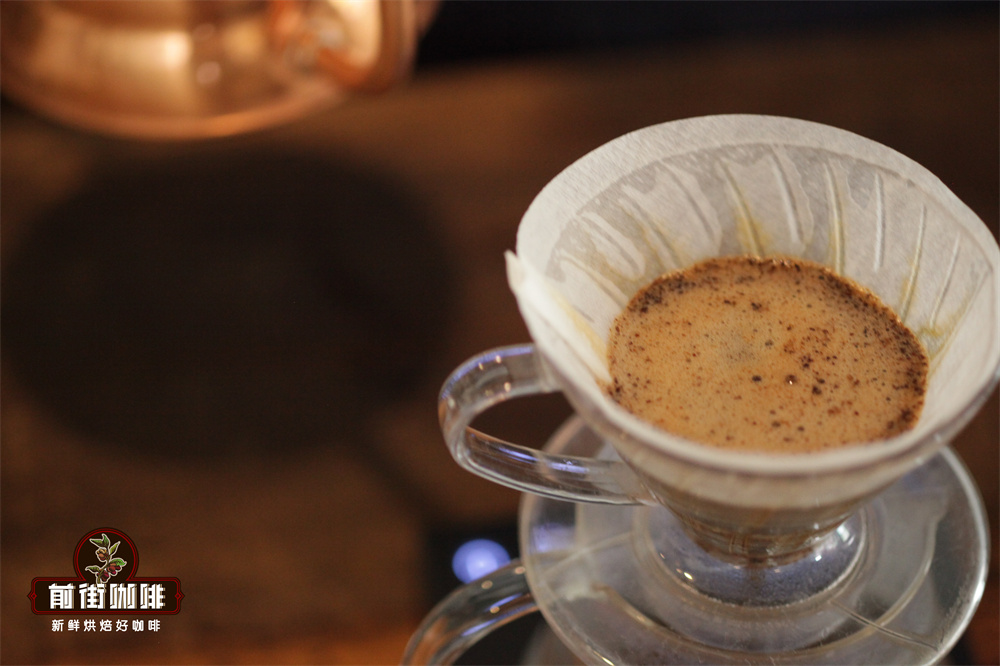
The same is true of the concentration of coffee, which shows how much soluble matter is released into the water when the water passes through the coffee powder. Take a cup of hand-brewed coffee as an example, the concentration of more than 1.45% of hand-brewed coffee belongs to high concentration, showing that the flavor is so concentrated that it is sour and bitter; the concentration of less than 1.15% of hand-brewed coffee is low, which is tasteless and insipid.
Relationship between thickness and concentration of caffeine
Although the thickness of alcohol belongs to the taste and the concentration belongs to the sense of taste, it is found in Qianjie that the thickness of low concentration caffeine is not good, and the coffee with good thickness is not low (in general). In the same proportion of powder and water, high concentration of coffee makes coffee flavor too concentrated resulting in sour, bitter and other unpleasant taste and touch, the appearance of astringency can directly show the thickness of KO in the mouth.
What affects the thickness of caffeine?
The variety, treatment, baking and cooking of coffee beans will affect the thickness of coffee alcohol.
-varieties of coffee beans-
Different coffee varieties will have different mellow performance. For example, when testing bourbon varieties of coffee beans in the cup in Qianjie, its mellow performance is in drupe fruits (such as cocoa, nuts, etc.), while it will have the fullness of red fruit juice, and the mouth can feel round and full mellow thickness; in the cup test of Rosa variety coffee beans, its mellow thickness is shown in the sense of tea, and the slender mellow thickness is sweet.
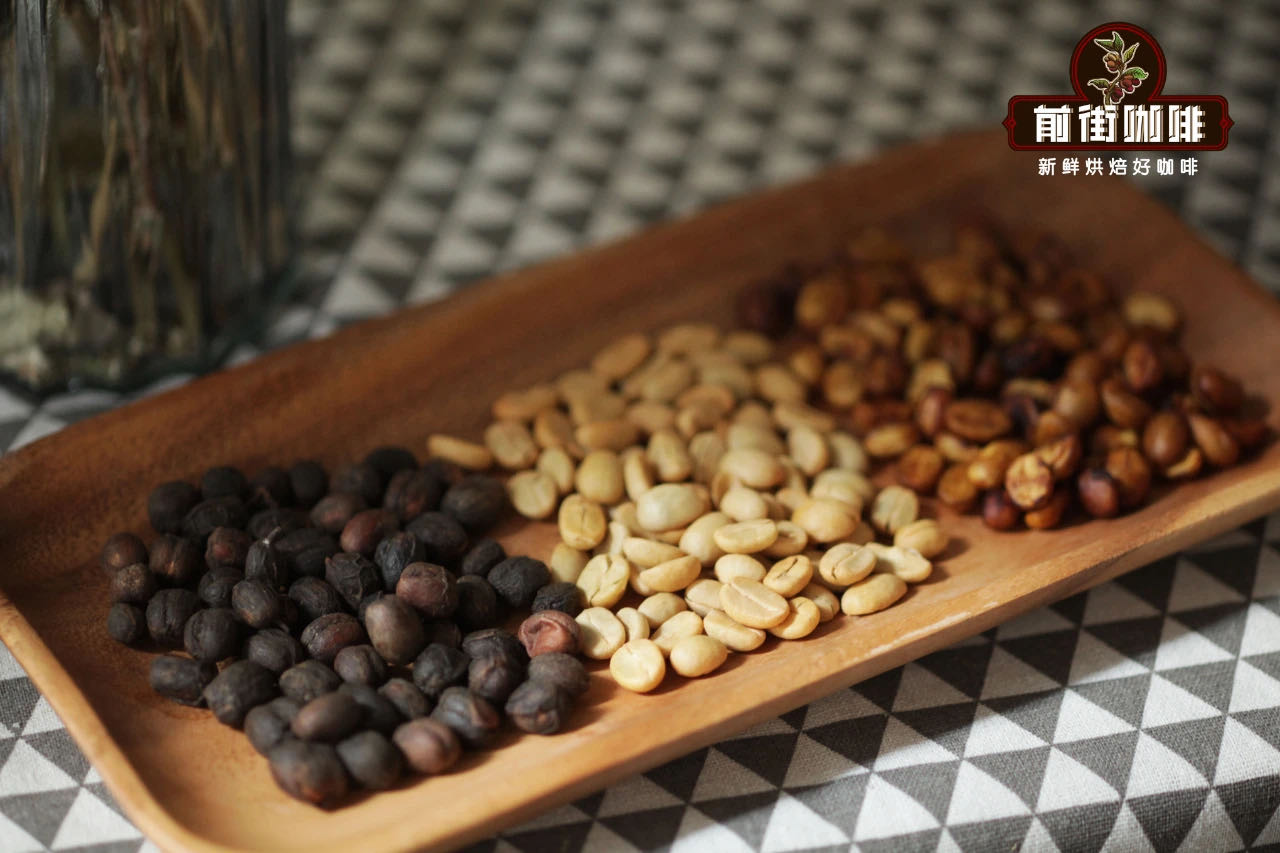
-coffee bean treatment-
Taking the traditional treatment as an example, the coffee beans treated with water will show a slender alcohol thickness, and the coffee flavor will be clearer and transparent, while the coffee beans treated with sun and honey will show more full alcohol thickness. the sweetness and fermentation of coffee are more obvious.
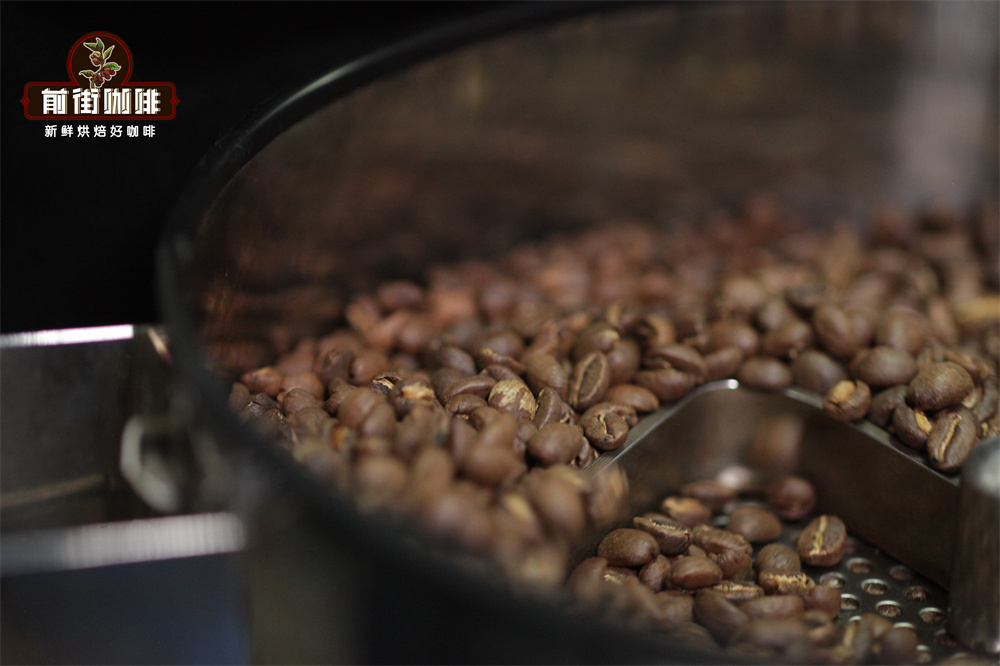
-coffee bean roasting-
The deeper the roast, the thicker the coffee bean alcohol (of course, there is a limit, not the deeper the better, too deep roasting will be counterproductive). Qianjie believes that the mellowness of coffee can be changed by controlling the development time between the first explosion and the second explosion. The fullness of coffee in the mouth is related to human perception of carbohydrates, and the more carbohydrates in coffee beans are released during the development time between first and second bursts, the thicker the caffeine will be.
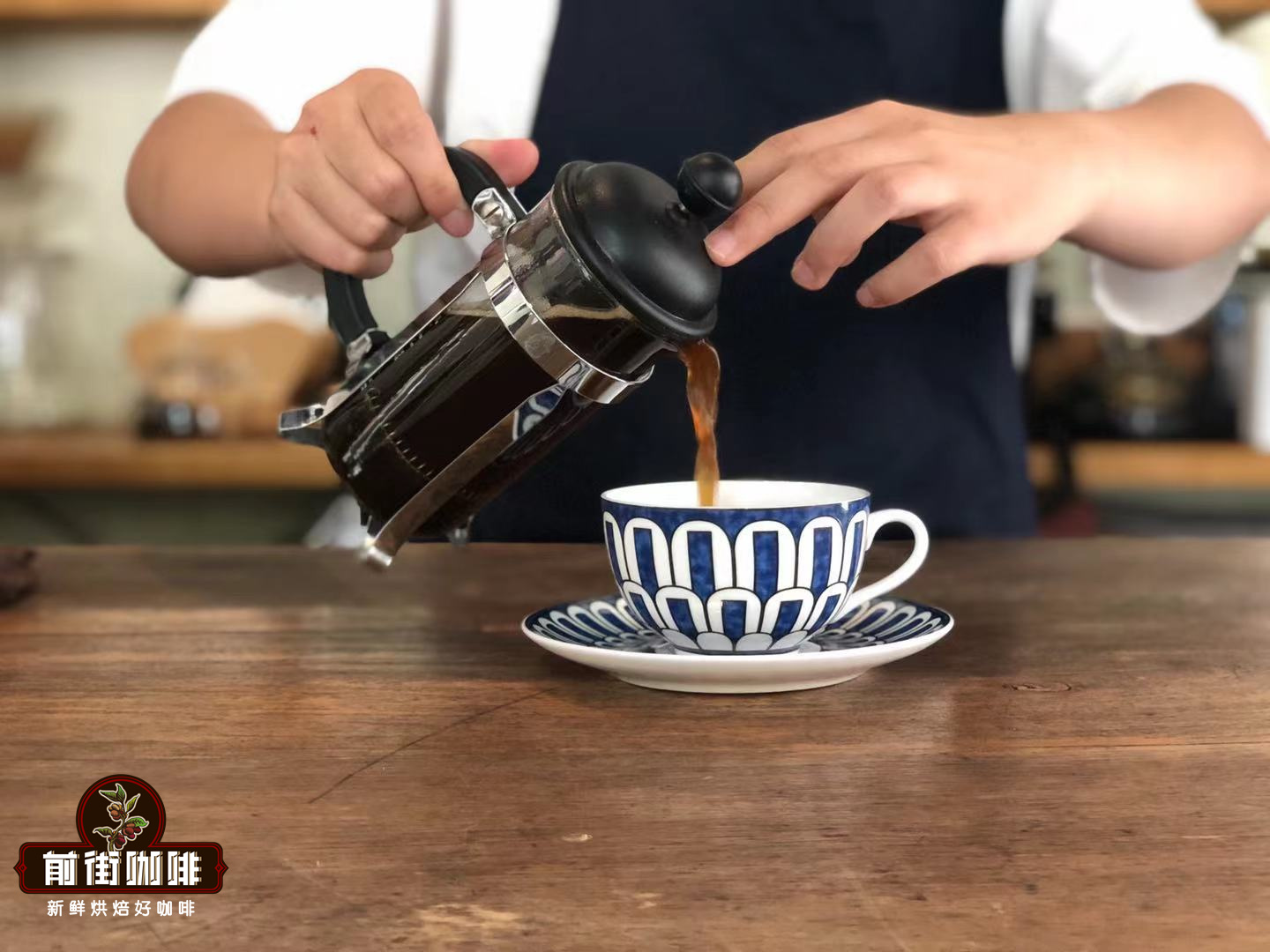
-the way coffee is brewed-
Just before the street said that the alcohol thickness of coffee is related to oil, the more coffee oil is retained, the higher the thickness of coffee alcohol will be. The coffee brewing utensils and filter paper will affect the final extracted coffee oil content, some utensils can give us a cup of coffee with high alcohol thickness but poor cleanliness (such as French pressurizer). Others extract coffee with high concentration and retain a lot of oil in the form of sealed pressurization (such as espresso machine).
Important Notice :
前街咖啡 FrontStreet Coffee has moved to new addredd:
FrontStreet Coffee Address: 315,Donghua East Road,GuangZhou
Tel:020 38364473
- Prev
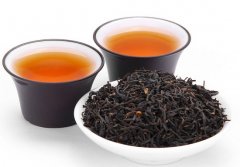
Japan's famous black tea brand which tastes good Japanese people like to drink black tea historical story brief introduction
Black tea accounts for less than 1% of Japan's total tea production, a marginal product in an industry dominated by green tea. Its rarity and difficulty to find are deeply rooted in Japanese culture. For more than 150 years, the country had tried to stimulate production, but despite efforts and resources, it had never been able to do so. However, in the last decade or so, we've seen black tea
- Next

What brand of milk tea tastes good? the self-made formula, method and steps of Indian milk tea Masala tea
You may have heard of Indian tea Chai, a spicy drink from India, but do you want to know how to make masala tea? It's time for you to learn a traditional recipe so you can try it at home. The following article will provide you with this, and will explain in detail what Masala Tea is before giving you a simple step-by-step guide. That's not all.
Related
- Beginners will see the "Coffee pull flower" guide!
- What is the difference between ice blog purified milk and ordinary milk coffee?
- Why is the Philippines the largest producer of crops in Liberia?
- For coffee extraction, should the fine powder be retained?
- How does extracted espresso fill pressed powder? How much strength does it take to press the powder?
- How to make jasmine cold extract coffee? Is the jasmine + latte good?
- Will this little toy really make the coffee taste better? How does Lily Drip affect coffee extraction?
- Will the action of slapping the filter cup also affect coffee extraction?
- What's the difference between powder-to-water ratio and powder-to-liquid ratio?
- What is the Ethiopian local species? What does it have to do with Heirloom native species?

